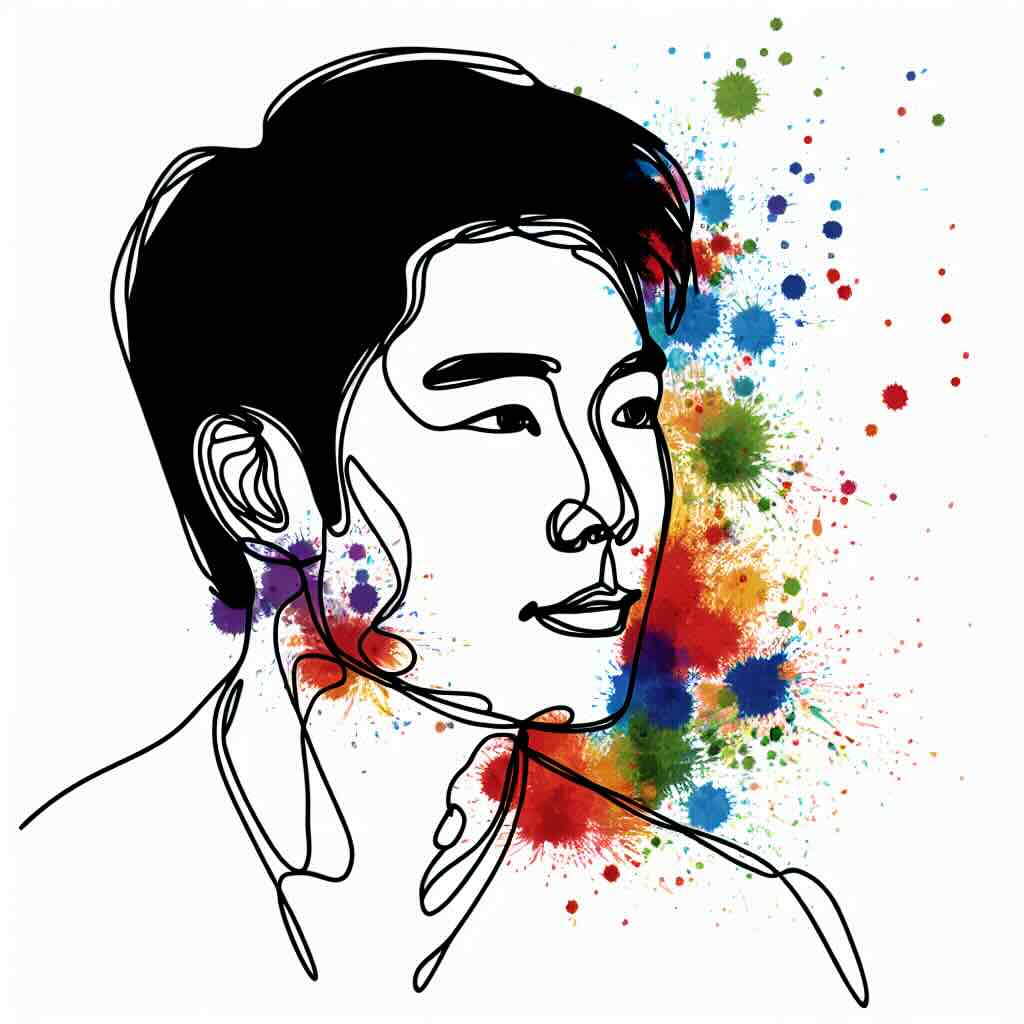A well-structured content design process significantly reduces eLearning development costs while improving quality and efficiency. By prioritising stakeholder alignment, early-stage engagement, and iterative low-fidelity designs, organisations can improve their workflows, prevent wasted resources, and enhance learner experiences. This post explores how a design-first approach optimises your eLearning production workflow and will reduce the cost.
Table of Contents
1. Align stakeholders early and reduce rework
2. Use text to prototype rich media to be cost-effective
3. Engage stakeholders before new high-fidelity content is produced
4. Inclusive design with rough drafts and mock-ups
5. Avoid costly over-production with a focused approach
6. Preventing unused content that will demotivate teammates
7. Strengthen quality control to ensure learner confidence
Benefits of a design-first approach
Risks of skipping the design process
One thing you can try today
Conclusion
Try it yourself
Related topics
1. Align stakeholders early and reduce rework
One of the biggest cost drivers in eLearning development is late-stage changes caused by stakeholder disagreement. A design-first approach ensures that all stakeholders (subject matter experts, instructional designers, multimedia developers, and project leads) remain aligned on objectives, content/activity flow, and the learning outcomes before high-cost production begins. By using structured discussions, storyboards, and interim reviews, teams will mitigate unnecessary revisions and wasted resources.
2. Use text to prototype rich media to be cost-effective
Developing rich media like animations, simulations, and videos is expensive and time-consuming. A cost-effective alternative is to use text-based outlines and storyboards to describe these assets before production. This allows teams to refine structure, sequence, and key messaging without investing heavily in high-fidelity content prematurely. This approach minimises wasted effort on media elements that might later be cut or revised.
3. Engage stakeholders before new high-fidelity content is produced
A common pitfall in eLearning development is presenting stakeholders with fully developed content too late in the process. At that stage, changes are costly, and stakeholders may hesitate to request modifications, leading to suboptimal courses. Instead, early-stage engagement with wireframes, scripts, or rough prototypes encourages constructive feedback while changes are still easy to make. This ensures that final content is aligned with expectations and reduces costly last-minute overhauls.
4. Inclusive design with rough drafts and mock-ups
Early, low-fidelity content drafts are more inclusive, allowing more stakeholders - especially stakeholders who are less familiar with eLearning production - to contribute meaningfully. High-fidelity content can be intimidating or seem final, discouraging valuable input. By using rough drafts, sketches, or simple interactive mock-ups, teams create space for broader contributions, ensuring a more refined and effective end product.
5. Avoid costly over-production with a focused approach
One of the biggest sources of waste in eLearning is over-production - creating more content than learners need. A design-first approach keeps development lean by focusing on essential learning experiences, and a storyboard that clearly outlines each item of content. By mapping content tightly to objectives, reviewing storyboards and using prototypes to test engagement, teams will avoid unnecessary animations, excessive interactivity, or redundant modules, saving not just time and budget but it will also ensure the learner experience is more aligned to the learner's requirements.
6. Preventing unused content that will demotivate teammates
Nothing is more frustrating for content creators than spending time developing materials that go unused. Without a clearly structured design process, it’s easy to produce content that doesn’t fit within the final course structure or is later deemed unnecessary. By validating design decisions before development, teams ensure that every asset serves a clear purpose, boosting morale and maximising efficiency.
7. Strengthen quality control to ensure learner confidence
Weak quality control processes lead to inconsistencies, errors, and disengaging learning experiences. When design is treated as an afterthought, courses often require expensive fixes late in production, or worse, after launch. A design-first approach integrates quality control early, ensuring content is tested and refined before full-scale development. This leads to polished, professional learning experiences that enhance credibility and learner engagement.
Benefits of a design-first approach
- Reduces costly revisions and rework.
- Streamlines stakeholder collaboration and approval.
- Prevents unnecessary content development.
- Ensures higher learner engagement and satisfaction.
- Supports faster and more efficient production workflows.
Risks of skipping the design process
- Increased production costs from last-minute changes.
- Misaligned content that fails to meet learning objectives.
- Wasted resources on content that goes unused.
- Poor quality control leading to learner frustration.
- Longer development timelines due to inefficient workflows.
One thing you can try today
Take an existing course or module and reverse-engineer a storyboard for it. Identify areas where a structured design phase could have prevented extra work or improved efficiency. This exercise will help you spot opportunities to optimise future projects.
Conclusion
A well-defined content design process is essential for reducing costs, improving efficiency, and delivering high-quality eLearning experiences. By prioritising early alignment, iterative prototyping, and lean content production, teams can maximise impact while minimising waste. A design-first approach is not just about better planning or project management, it’s a strategic investment for better learning outcomes and optimising learning design teams.
Try it yourself
- Review your current eLearning development process and identify areas where design appears to be an afterthought.
- Experiment with low-fidelity prototyping methods like storyboarding and content drafting to refine ideas before full content development.
- Involve key stakeholders earlier in the design process and any systematic changes, to ensure alignment and reduce rework and future disagreement.
Related topics
- How storyboarding saves time and money in eLearning.
- Best practices for prototyping eLearning content.
- The role of instructional design in cost-effective content development.
- How to balance interactivity and budget in eLearning courses.
- Common eLearning development mistakes and how to avoid them.







